Lord Lyon King of Arms facts for kids

The arms of office of Lord Lyon King of Arms
|
|
| Heraldic tradition | Gallo-British |
|---|---|
| Jurisdiction | Scotland |
| Governing body | Court of the Lord Lyon |
| Chief officer | Joseph Morrow, Lord Lyon King of Arms |
The Lord Lyon King of Arms is a very important official in Scotland. They are in charge of everything to do with heraldry in the country. Heraldry is the study and use of coats of arms, which are special designs that represent families, people, or organizations.
The Lord Lyon also leads the Lyon Court, which is a special court that deals with heraldry. It is the oldest court of its kind in the world that still operates every day! The name "Lord Lyon" comes from the lion that is part of the Scottish coat of arms.
Contents
What the Lord Lyon Does
The Lord Lyon has many important jobs. They help with official ceremonies in Scotland. They also grant new coats of arms to people or groups. This means they create new designs for them.
They also check and confirm if people have the right to use existing coats of arms. They even recognize clan chiefs after checking their family history. The Lyon Register is a special book where all of Scotland's coats of arms have been recorded since 1672.
The Lyon Court is like a government department. The money paid for new coats of arms goes to the government. It is against the law in Scotland to use a coat of arms without permission. This is treated like not paying taxes. The Lord Lyon is the judge in these cases. If someone disagrees with a decision, they can appeal to a higher court in Edinburgh.
However, if the Lord Lyon decides not to grant a new coat of arms, you cannot appeal that decision. It is part of their special role.
Similar Roles in Other Places
The Lord Lyon has jobs that are similar to officials in England:
- For Scottish ceremonies, the Lord Lyon is like the Earl Marshal in England.
- The Lord Lyon is the main person for heraldry in Scotland. In England, there are three "Kings of Arms" who do this: the Garter Principal, Clarenceux, and Norroy and Ulster. The Lord Lyon can grant arms on their own, but the English Kings of Arms need special permission.
- The Lyon Court in Scotland meets often and can even deal with criminal cases. In England, the Court of Chivalry (which is similar) has not met since 1954. The Lord Lyon can even order that coats of arms used wrongly be removed or destroyed. For example, when Leith Town Hall was fixed up, some coats of arms were found to be wrong. They were allowed to stay, but tour guides had to explain the mistake.
The Lord Lyon is also one of the few people in Scotland allowed to fly the "Lion Rampant," which is the Royal Banner of Scotland.
Symbols of Office
The Lord Lyon has special items that show their important role. In 1998, a new "collar of state" was made. This is a chain with 40 gold links. The old one went missing a long time ago. In 2003, a new crown was made for the Lord Lyon. It looks like the Scottish royal crown. This crown has parts that can be removed for special events like coronations.
Past Lord Lyon Kings of Arms
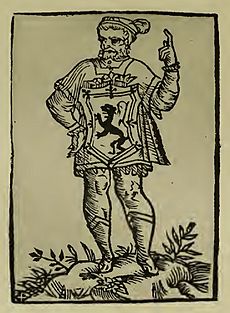
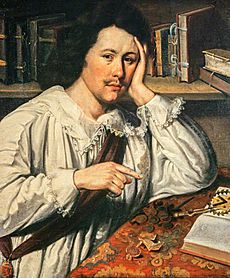
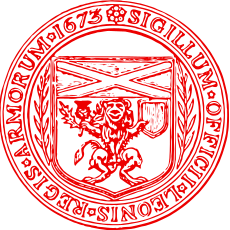
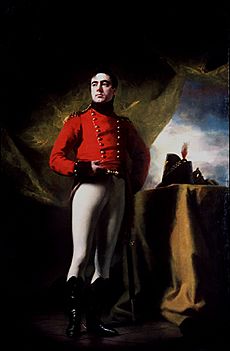
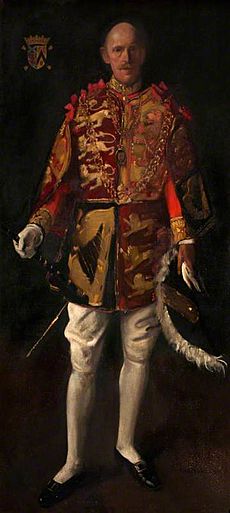

Here are some of the people who have held the important job of Lord Lyon King of Arms:
| Arms | Name | Dates of office | Notes |
|---|---|---|---|
| Unknown | pre 1399 | The Lord Lyon's job existed before 1399. Some stories say it started in 1318, but this is not certain. | |
| Henry Greve | circa 1399 | Henry Greve is the first person known to hold this office. He was called "King of Scottish Heralds" and traveled to England and France for important meetings. | |
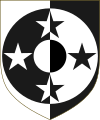 |
Alexander Nairne of Sandford | 1437–1450 | He was also the Comptroller of Scotland for King James II. |
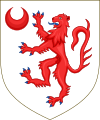 |
Duncan Dundas of Newliston | 1450–1471 | He was known for being honest and honorable in his work. He often went on important trips to England. |
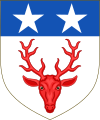 |
Henry Thomson of Keillour | 1496–1512 | King James IV called him "an experienced councillor" and "a man of much diplomatic skill." |
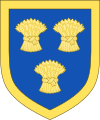 |
Sir William Cumming of Inverallochy | 1512–1519 | He delivered a very important message from King James IV to King Henry VIII of England, which led to war. |
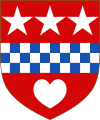 |
Sir David Lindsay of the Mount | 1542–1554 | He was a very famous poet and diplomat. He helped create the "Register of Arms of the Scottish Nobility and Gentry." |
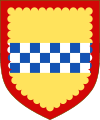 |
Sir William Stewart of Luthrie | 20 February 1567 | He was removed from his job very quickly. |
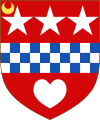 |
Sir David Lindsay of Rathillet | 13 September 1568 – 1591 | He was crowned with a big ceremony. He was the half-brother of the famous Sir David Lindsay. |
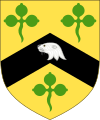 |
Sir James Balfour of Denmilne and Kinnaird, 1st Baronet | 20 April 1630 – 1654 | He was very skilled in heraldry and was made a Baronet by King Charles I. |
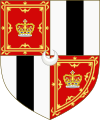 |
Sir Charles Erskine of Cambo, Baronet | 4 January 1663 – 1677 | He started the official "Public Register of All Arms and Bearings" in Scotland. |
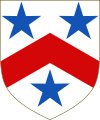 |
Alexander Brodie, 19th of that Ilk | 6 July 1727 – 1754 | He was known for being fair and making sure the rules of arms were followed. |
 |
George Burnett | 26 July 1866 – 1890 | He made the Lyon office strong and effective again. |
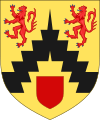 |
Sir James Balfour Paul | 12 March 1890 – 1926 | He was a lawyer and wrote many books about Scotland's history. |
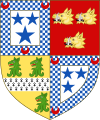 |
Sir Thomas Innes of Learney | 1945–1969 | He served as Lord Lyon for a long time. |
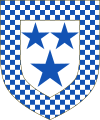 |
Sir Malcolm Rognvald Innes of Edingight | 1981–2001 | He was also a co-founder of the Heraldry Society of Scotland. |
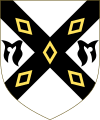 |
Robin Orr Blair | 2001–2008 | He was the first Lord Lyon chosen after the job was publicly advertised. |
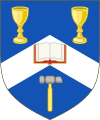 |
William David Hamilton Sellar | 2008–2014 | He was a lawyer and taught at the University of Edinburgh. |
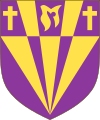 |
The Reverend Canon Dr. Joseph John Morrow | 2014–present | He is the current Lord Lyon King of Arms. |
Coat of Arms
 |
|
See also
- King of Arms
- Garter Principal King of Arms
- Clarenceux King of Arms
- Norroy and Ulster King of Arms
Statutory acts
- Lyon King of Arms Act 1592
- Lyon King of Arms Act 1669
- Lyon King of Arms Act 1672
- Lyon King of Arms Act 1867
- The Superannuation (Lyon King of Arms and Lyon Clerk) Order 1979






